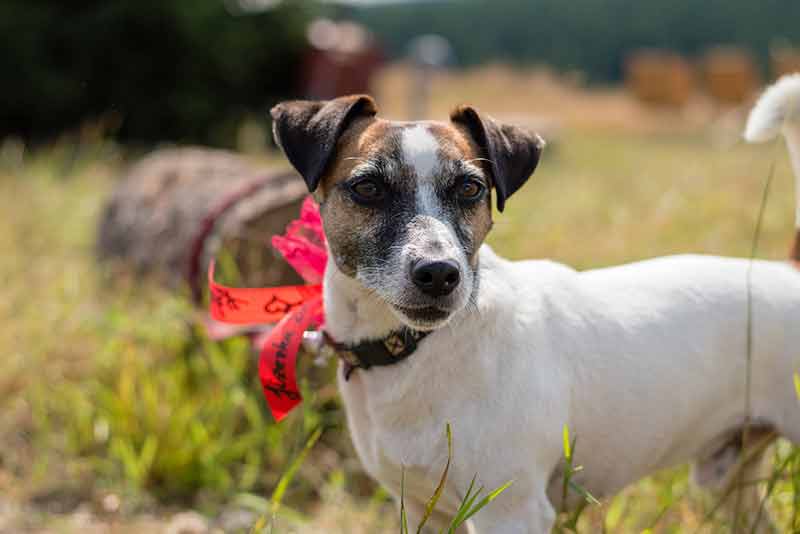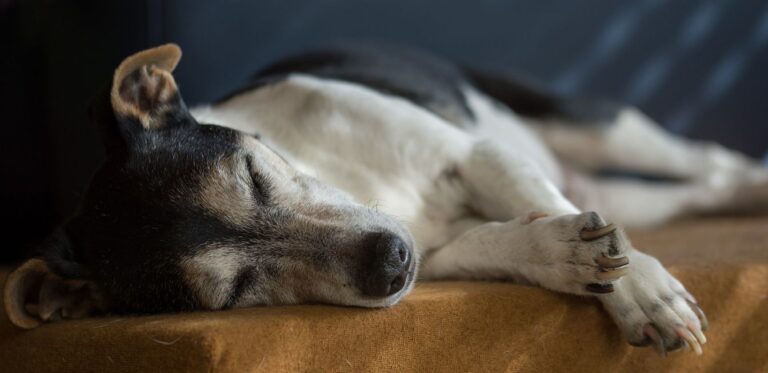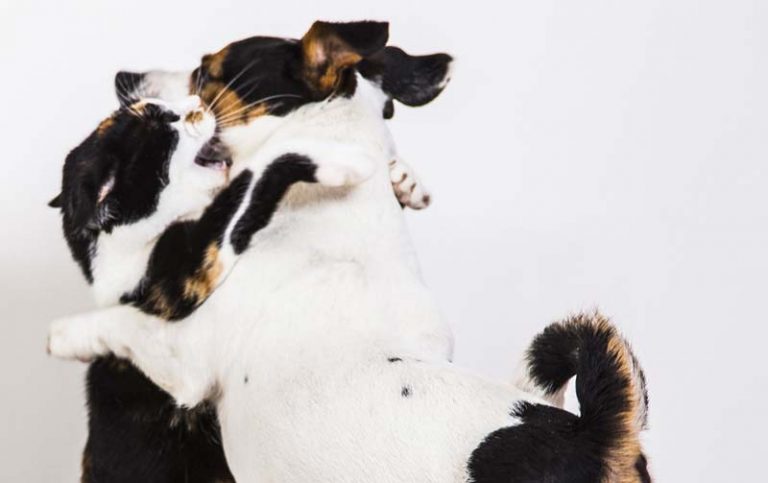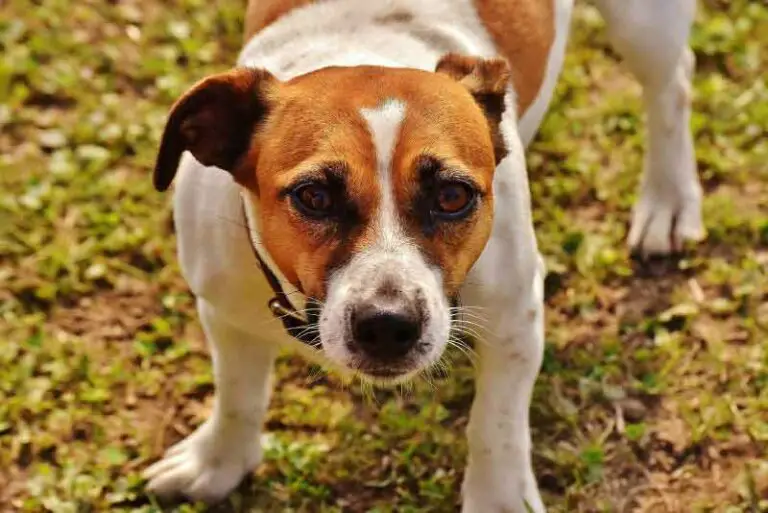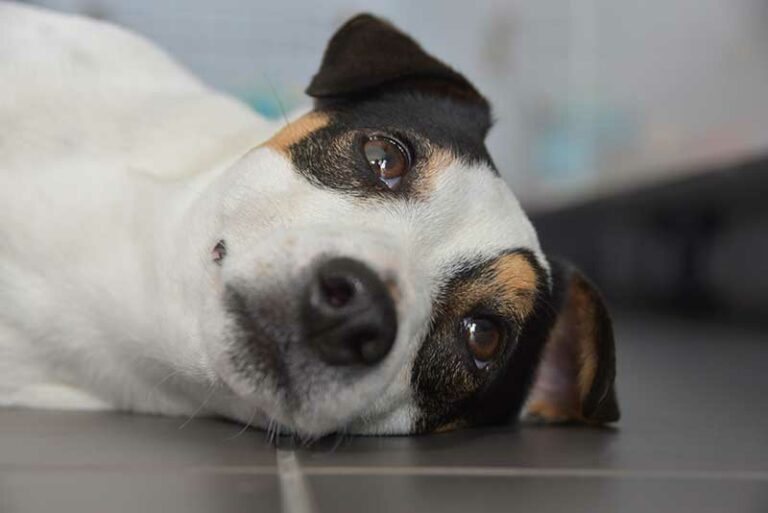Jack Russell Hair Loss; Causes + Remedies for Bald Spots & Patches
Jack Russell Terriers are a small, energetic, and intelligent hunting dog breed that was bred in England. They are now considered a favorite domestic pet among dog lovers.
If you are a pet parent of a Jack Russell, then you should be very concerned about the changes in your dog and the symptoms of illnesses. However, one of the major issues many pet parents notice is the Jack Russell Hair Loss and the bald spots and patches.
The symptoms and the occurrence of such matters are creating huge stress for JRT owners since it affects the health and the appearance of their JRT.
Since the Jack Russell Hair Loss and the bald spots and patches are a major concern among JRT owners, it is better to identify its causes. Many JRTs lose hair due to seasonal shedding or other health conditions.
Then with the hair loss, JRTs may cause bald spots and patches, and you should pay special attention to your JRT in such conditions.
There are several causes for bald spots and patches of JRTs, such as seasonal shedding, allergies, infections, frequent scratching, nutritional deficiencies, and hormonal imbalances. As an owner of a JRT for two years, I recommend you take the vet’s assistance in this situation.
Through this article, let’s pay attention to why Jack Russell loses hair and some methods we can follow to reduce it. Then let’s identify the bald spots and patches in JRTs and finally the causes to emerge such bald spots and patches in their skin.
If you are an owner of a JRT, you’ll have these issues regarding the coat, appearance, and health of JRTs. So keep reading!
Reasons for Jack Russell’s hair loss?
Typically, Jack Russells are moderate shedders, and they lose hair in a large amount. As an owner of a JRT for two years, I have witnessed this Jack Russell Hair Loss well.
JRTs shed more than some other dogs, and due to shedding, they lose much of their hair, and it can sometimes cause bald spots and patches as well. Shedding is a natural phenomenon common to many dogs, and it supports them in maintaining their coats healthier.
The dead hair of JRTs falls, and new hair comes with shedding, and it is a continuous cycle. When JRTs have shorter hair, they shed more, and JRT is a dog breed that sheds seasonally as well.
During spring and fall, they shed and lose hair more with the seasonal changes. However, if this natural shedding cycle is worse than expected and they lose more hair and cause bald spots and patches, it should be more concerning.
Hair loss can be a symptom of several illnesses of your Jack Russell. Hypothyroidism is one of the common illnesses in JRTs, and hair loss can be seen when the dog faces it.
When this thyroid condition occurs, the dog’s skin becomes rough and scaly while increasing the weight. Hair loss happens since the thyroid of JRTs is unable to produce sufficient hormones to regulate metabolic tissues.
In addition, hair loss can happen due to parasitic diseases, inflammation, fungal, bacterial infection, or other pathology.
On such occasions, the Jack Russell Hair Loss happens, and bald spots and patches too can be seen. This should be a concern, and get immediate advice from the vet.
How to reduce Jack Russell’s hair loss?
Suppose you are a pet parent facing the matter of Jack Russell Hair Loss. In that case, it may worry you exactly since heavy hair loss may affect the health as well as the appearance of your JRT.
As an owner of a JRT, I’ll share my experience with my JRT, Shaggy, regarding this matter. I hereby mention some methods you can follow to reduce hair loss of JRTs.
1. Daily Brushing
Regular brushing will support your JRT to maintain his coat more attractively, and you can remove their dead hair before they fall.
With daily brushing, you can check the lesions, fleas, or ticks in their coat, and it will support identifying the symptoms of several health conditions early.
2. Healthy Diet
The diet plays a major role in the health of your JRT, and you need to pay special consideration to the meals of your dog. The food you provide to your JRT must have vitamins, fatty acids, omega 3, and other necessary nutrients.
They will help reduce hair loss. Pay attention to the quality of the food and its brands. You can use food supplements to their diet as well.
A healthy diet is important for the healthy coat of your JRT and supports him to get away from illnesses and hair loss.
3. Prevent regular bathing
You need to keep your JRT clean to prevent hair loss, bald spots, and patches.
However, in the case of hair loss, regular or frequent bathing can be harmful and bring up negative consequences and can make the hair loss worse.
Therefore, do not bathe your JRT regularly, but keep him clean.
3. Take to the vet
When your JRT faces hair loss and has bald spots and patches, you need to take the dog immediately to the veterinarian.
The vet will check the dog and identify whether it is natural shedding or an illness or health condition symptom. Then, you can take the necessary medications and treatments for your dog.
Bald Spots and Patches of JRTs
Suppose you are in the worry of Jack Russell Hair Loss. In that case, simultaneously, another matter of bald spots and patches can be seen, making you worry more about your JRT.
The bald spots and patches can occur when your Jack Russell completely loses his skin’s hair covering or facing thinning. Thinning can happen as a result of aging or the interruptions of hair growth.
Bald spots in your JRT look like patches of rough or thinner hair rather than being totally hairless. These patches and bald spots can be easily identified since they differ from the usual coat of your JRT.
In addition, as a result of veterinary treatment or grooming procedures where the hair is trimmed for some reason, bald spots can be noticed.
If your JRT is losing more hair instead of their seasonal shedding, then the next outcome may be bald spots and patches. If your JRT snouts on objects and acts overly itchy, they are symptoms of upcoming health matters.
Observe your Jack Russell and identify whether there are signs of bald spots or patches in the skid or coat. Then most importantly, you have to take your JRT to the vet to get advice and provide necessary treatments.
The Causes for Bald Spots and Patches of JRTs
As we already discussed, there are several reasons for Jack Russell Hair Loss, and in addition to it, there are more varied causes for the occurrence of bald spots and patches of JRTs.
These bald spots or patches can be a normal incident as well as serious signals for a negative health condition of your Jack Russell.
Therefore, it is better to know it. Here are a few causes for bald spots and patches of JRTs.
1. Seasonal Shedding
Seasonal shedding of JRTs is a common cause of bald spots and patches, and normally JRTs are shed during spring and fall. They will lose their hair and replace them with new hair.
During the process, there can be bald spots and patches. They are normal and covered with new hair growth.
But if the skin and the patches seem red or irritated, with excess shedding than the normal amount, you have to seek the vet’s assistance.
2. Allergies
Allergies are another possible cause of bald spots and patches. Your JRT may have some allergic conditions for several things even you don’t know.
Therefore, as a result of such allergies, bald spots and patches may occur, and you need to take care of them.
Observe your dog well, and then you may be able to find out the allergies separately.
3. Frequent scratching
Scratching and rubbing also result in bald spots and patches. If your dog acts in irritation, rubbing in the furniture, and doesn’t like the tight collar, they’ll show their stress from scratching or rubbing.
And also, rubbing and scratching can be a result of anxiety, stress, and boredom.
More exercise, activities, and a proper understanding of your dog may prevent frequent scratching, and it will get your JRT away from bald spots and patches.
4. Infections
Bald spots and patches can occur as a result of the infections that a JRT may face. There are several infections from bacteria, fungi, or parasites like mange, fleas.
These skin conditions may cause serious types of bald spots and patches. As a JRT owner, you have to pay special attention to these health conditions and take care of your JRT.
Then the emergence of patches and bald spots can be controlled.
5. Nutritional deficiencies
Nutritional deficiencies can occur with the change in lactation, pregnancy, and less healthy diet of your JRT.
Zinc, protein, and vitamin deficiencies affect the skin and can cause bald spots and patches.
You can provide food supplements and a healthy diet to your dog, and adding enough nutrients to the dog’s body may prevent the causes of such bald spots.
6. Hormonal imbalances
Some matters in hormones may be able to lead to bald spots and patches in the skin of JRTs. Bald spots may arise in the chest and front legs in the case of low thyroid or hypothyroidism.
It can lead to hair loss as well as patches of the skin. Hormone imbalances should be treated to reduce bald spots and patches.
Conclusion – Jack Russell Hair Loss
Now you have a clear idea about the reasons for the Jack Russell Hair Loss and the methods to reduce it. Then bald spots and patches can be seen in most of the JRTs due to several conditions, and you’ve identified the causes for them as well.
This hair loss, bald spots, and patches can be natural phenomena or symptoms of some illnesses. Therefore, it is better to get the assistance of a vet to take good care of your JRT.
Thank you for reading this post. Stay tuned with Jack Russell Owner for more interesting posts about your favorite dog breed.
Cheers from Shaggy and Lenny!

